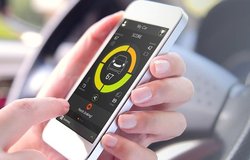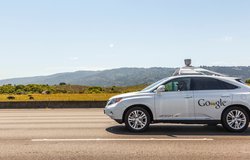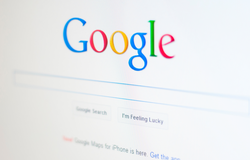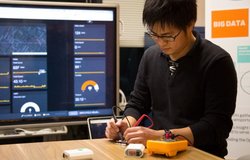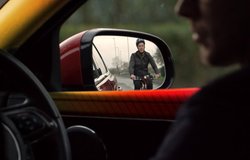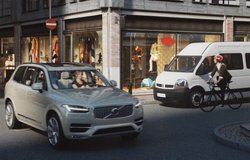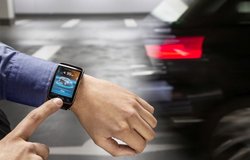Google’s latest patent offering helps driverless cars better detect emergency vehicles

(c)iStock.com/bjdlzx
In a famous episode of UK sitcom Only Fools and Horses, the protagonists chase an ambulance through London after a deal goes awry – and then lose it as it goes straight through a red traffic light. “How could you possibly lose an ambulance?” exhorts Del Boy. “It’s a ruddy great big white thing with a flashing blue light on the top! And in case your peepers ain’t too clever, it makes a sound like an air...


